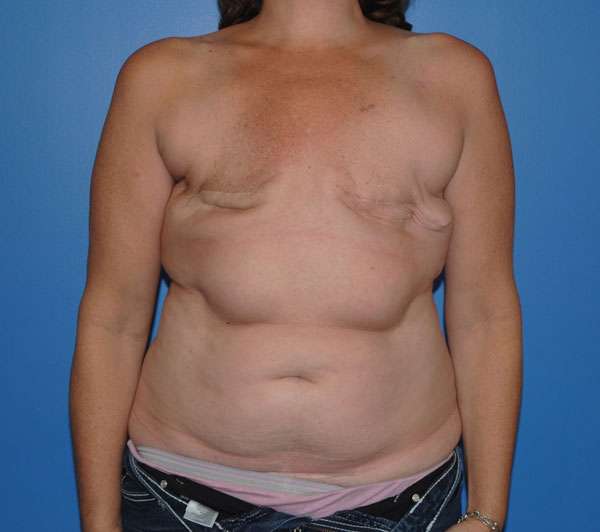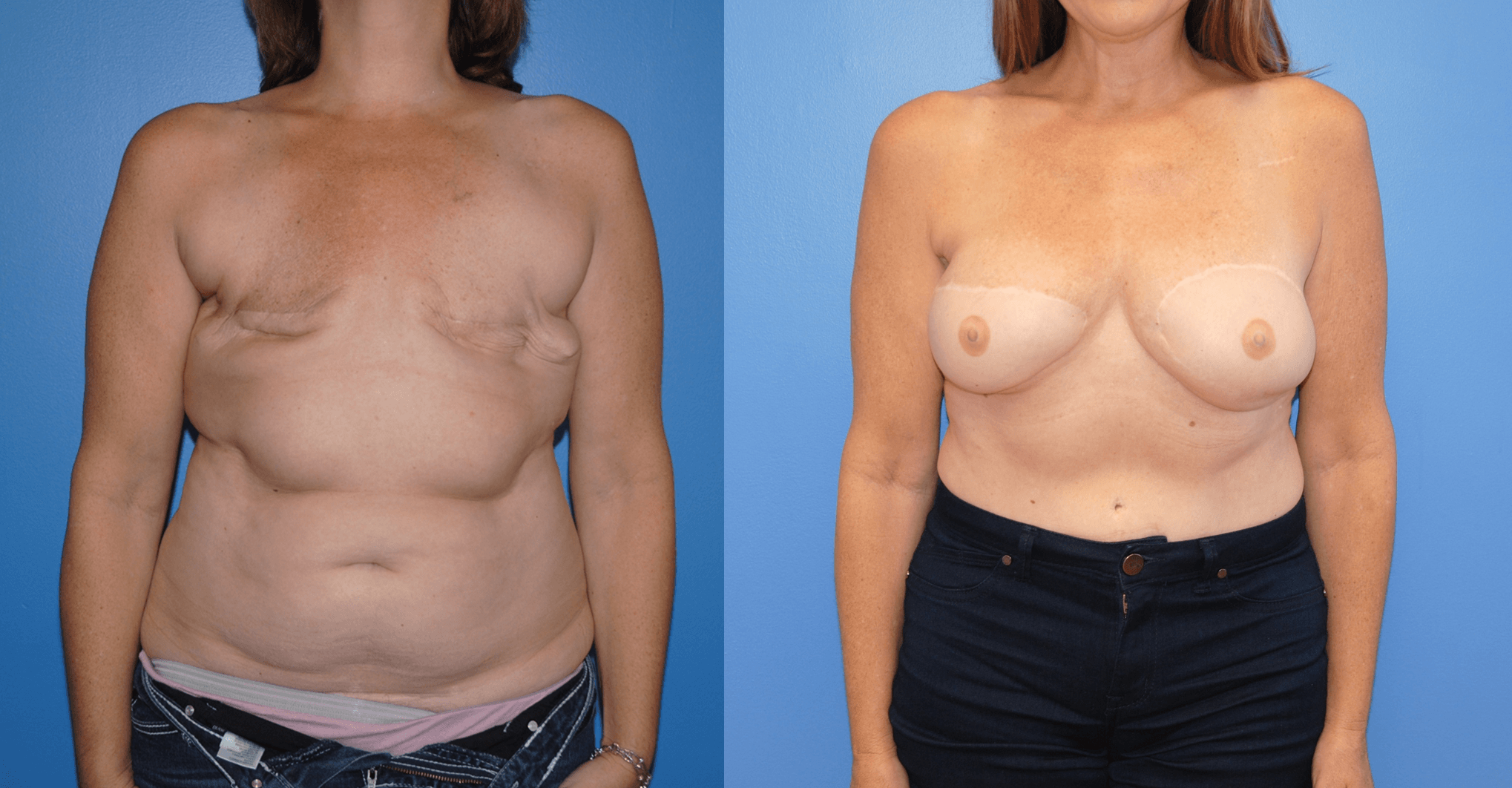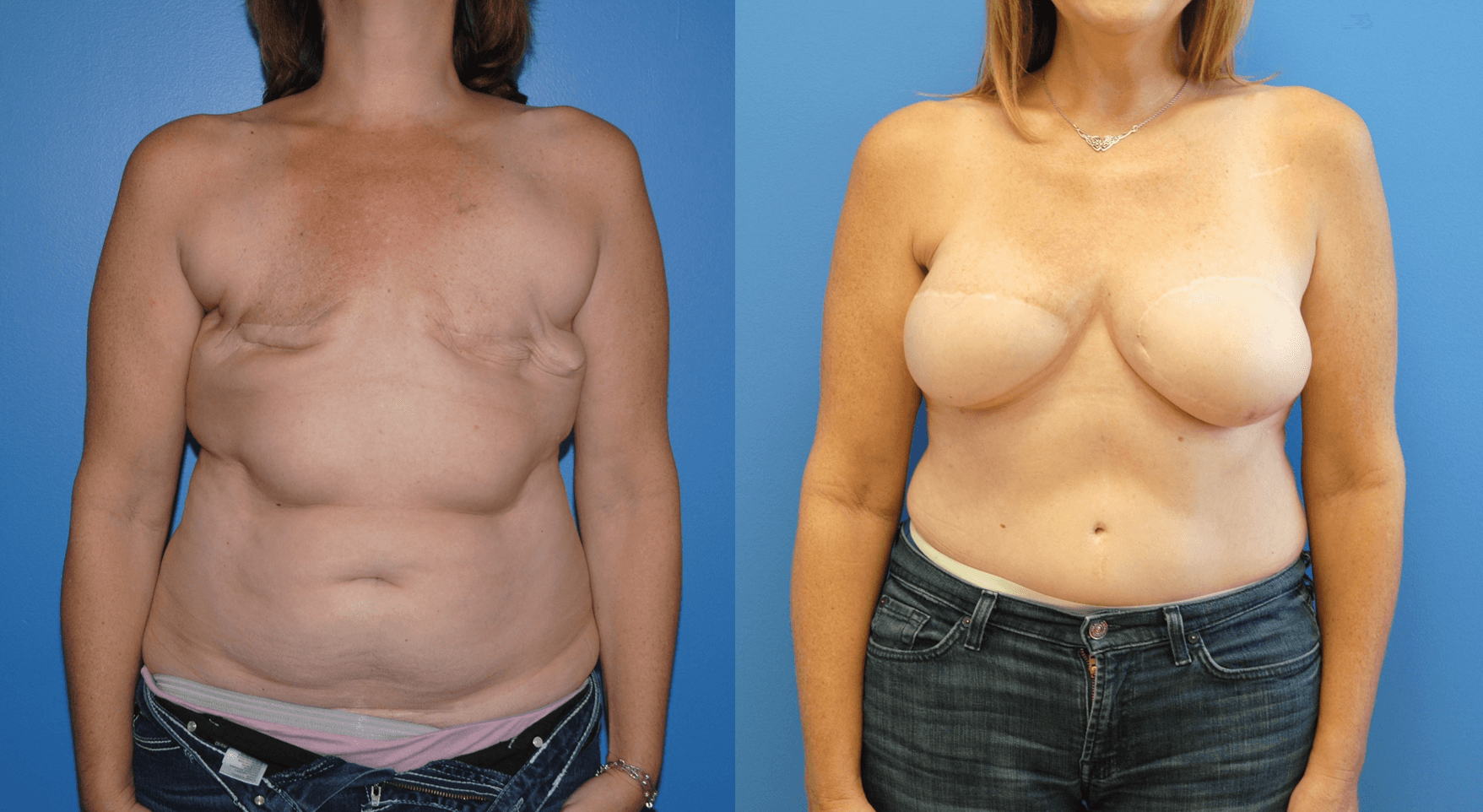Deep Inferior Epigastric Artery Perforator (DIEP) flaps are often a great choice when reconstructing the breast following mastectomy that has undergone radiation. There are many different scenarios that present to plastic and reconstructive surgeons with regard to breast reconstruction. We often see patients in our office who have undergone mastectomy followed by radiation and who now choose to undergo breast reconstruction.
The lower abdomen is often a great choice when choosing to reconstruct the breast with autologous tissue. DIEP flaps are often helpful in the bilateral reconstruction setting as the abdominal muscle as well as the abdominal fascia can be spared. This can significantly improve abdominal donor site morbidity and can lead to a significant improvement in abdominal contour following reconstruction.

When the skin on the breast or chest wall is radiated it often needs to be replaced partially or in its entirety. The skin is replaced with the tissue on the lower abdomen. If both breasts are to be reconstructed, then one half of the abdominal skin and tissue is used to reconstruct one breast and the other half is used to reconstruct the other breast.
Typically, the reconstruction occurs in three stages. In the first stage, the skin and fat is transferred via microsurgical anastomosis to an artery and vein located behind the third rib or in the axillae. After the first stage, once the reconstructed breast tissue is allowed to settle, then a second stage is performed to improve the overall symmetry of the reconstruction. In the third stage, the breast mounds can be improved for final positioning, and nipple areola complex reconstruction can be performed.

Steri-strips are placed around the incisions to promote healing. The strips are typically removed at approximately three to four weeks post-operatively.



